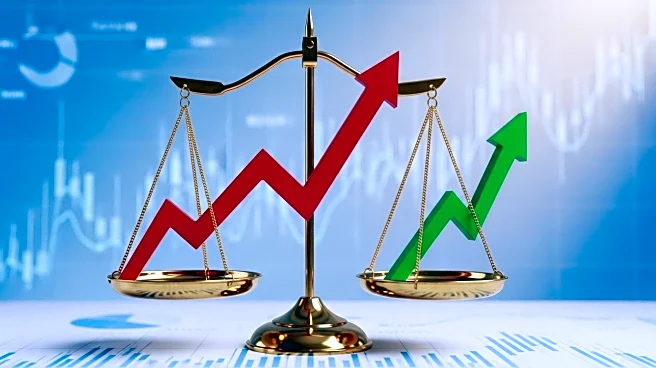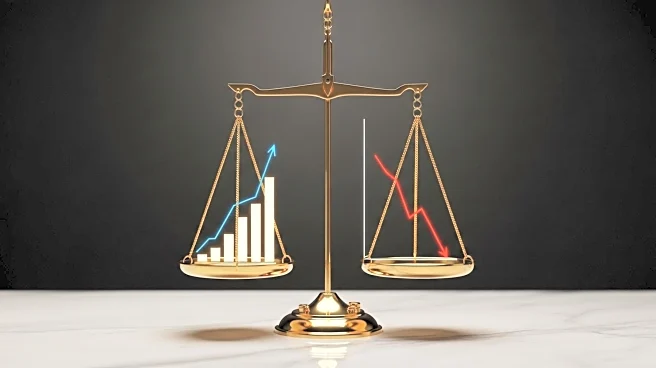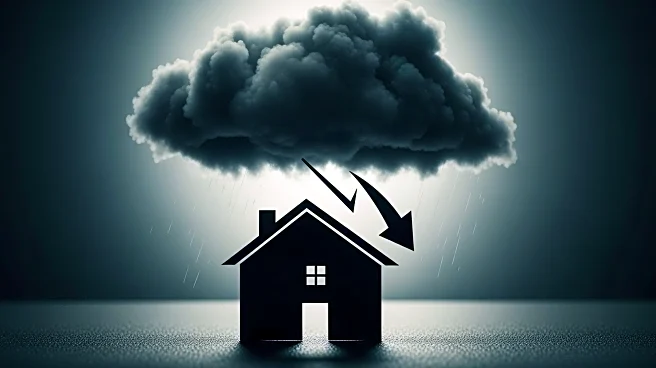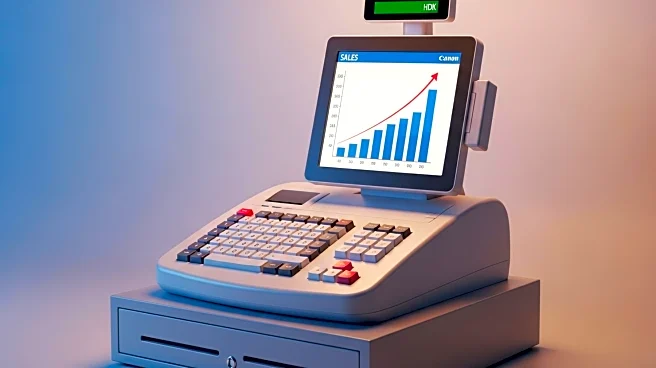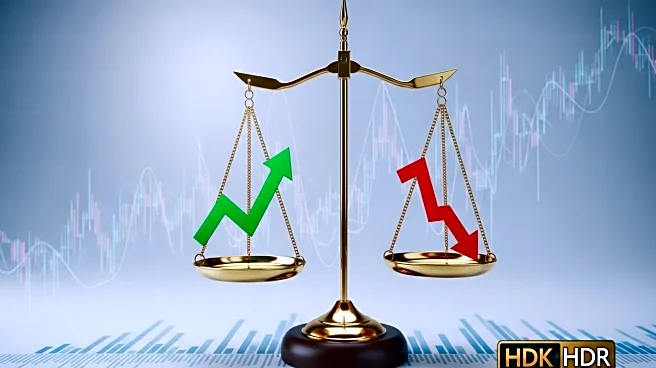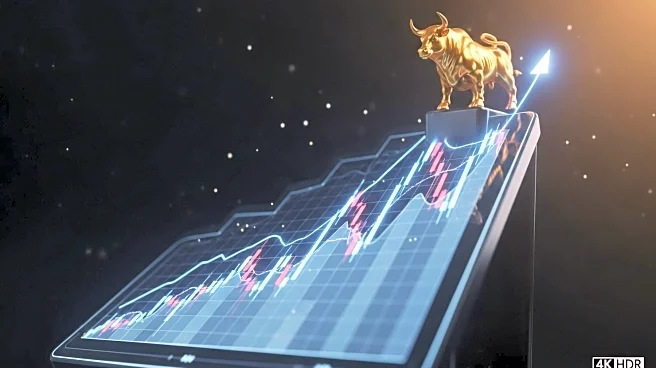What's Happening?
Recent analysis by Moody's Analytics Chief Economist Mark Zandi reveals that the top 10% of income earners in the U.S. accounted for 49.2% of total consumer spending in Q2, up from 48.5% in Q1. This highlights a growing divide between high-income earners and middle/lower-income earners, whose spending has remained relatively steady since the pandemic. Despite strong consumer spending figures, many Americans are struggling with car loans and credit card payments, while hiring slows and faith in capitalism wanes.
Why It's Important?
The concentration of consumer spending among the top 10% of earners underscores economic inequality in the U.S. While high earners benefit from record-high stock prices and home values, middle and lower-income households face financial challenges. This imbalance poses risks to economic stability, as a pullback in spending by top earners could lead to a recession. The situation highlights the need for policies addressing income disparity and supporting broader economic growth.
Beyond the Headlines
The reliance on spending by high-income earners raises concerns about the sustainability of economic growth. If external factors such as stock market fluctuations or increased layoffs affect top earners, the broader economy could face significant challenges. This scenario emphasizes the importance of diversifying economic drivers and ensuring equitable growth across income brackets.


